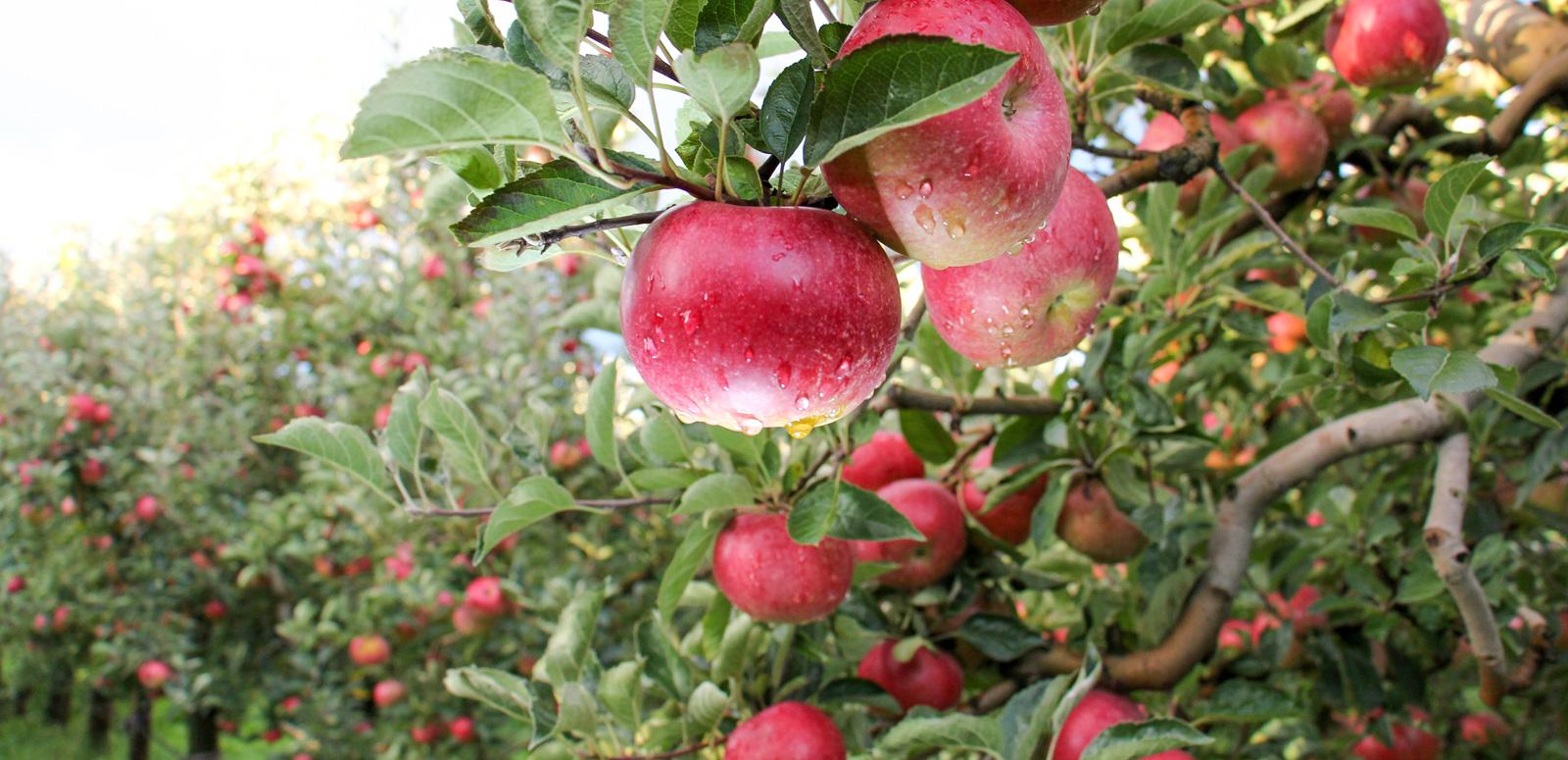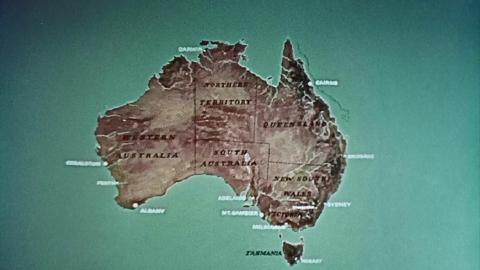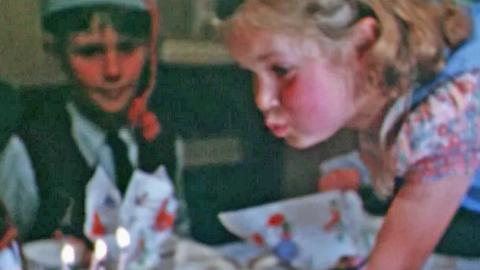

Food, Glorious Food
Food, Glorious Food
From farm to factory to table, this collection of films spanning almost a century shows the changing face of Australia's rural and industrial landscapes.
In the late 19th Century primary industry in Australia began to flourish and it continued to boom, along with our economy, into the next century and in the face of two World Wars, The Great Depression and countless devastating droughts and floods.
It is no wonder that Australia still takes pride in its agricultural heritage, built on blood, sweat and tears.
This diverse collection includes North Queensland's cane cutters doing their back-breaking work, an early cattle muster and beekeepers on the move in NSW.
Our finest fresh produce takes a journey from the orchard to the can, ready for export, plus we take a quick tour of a biscuit factory as it churns out a few Aussie favourites and revisit some early advertisements for well-known food products.
The National Film and Sound Archive of Australia acknowledges Australia’s Aboriginal and Torres Strait Islander peoples as the Traditional Custodians of the land on which we work and live and gives respect to their Elders both past and present.


